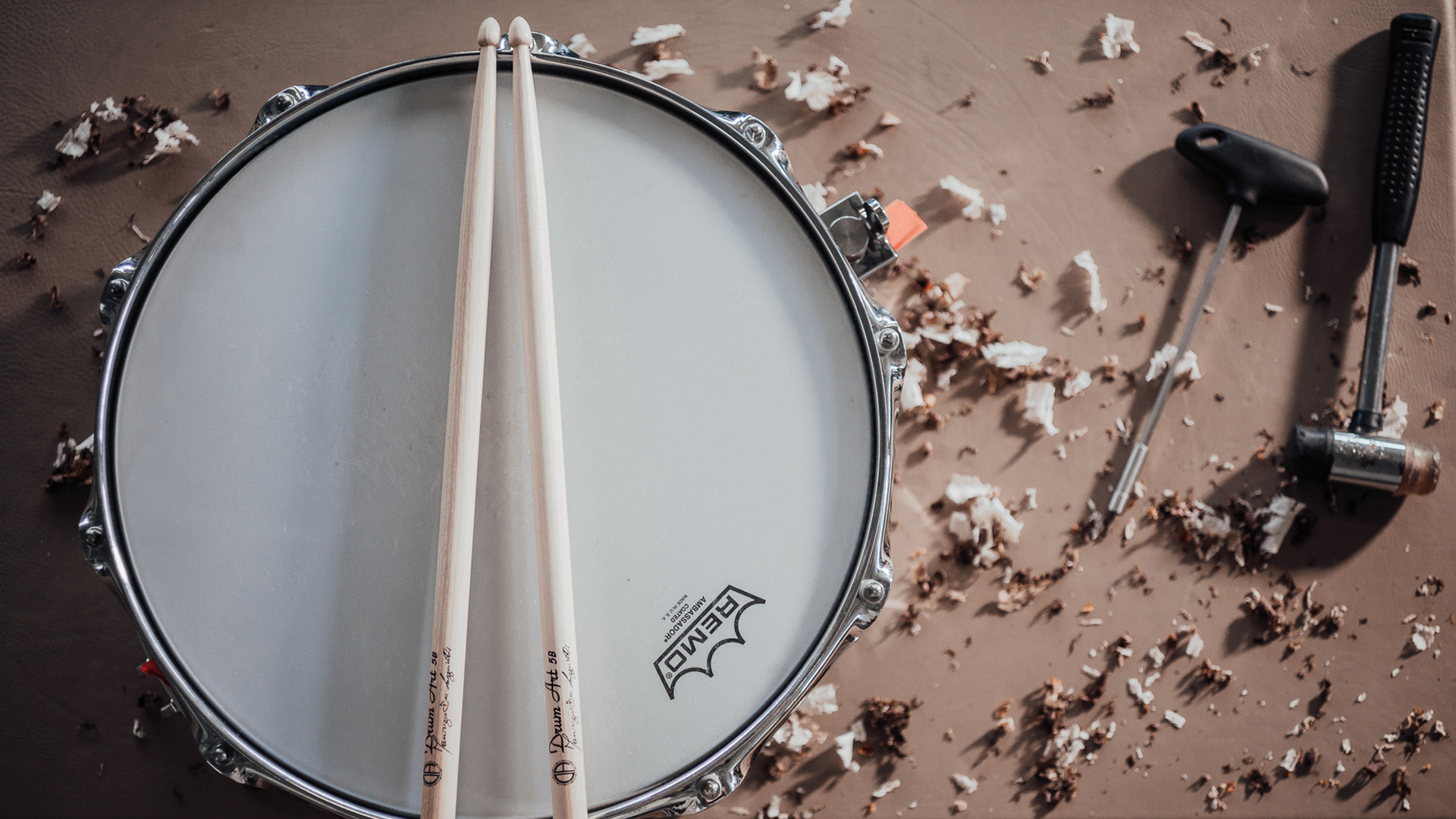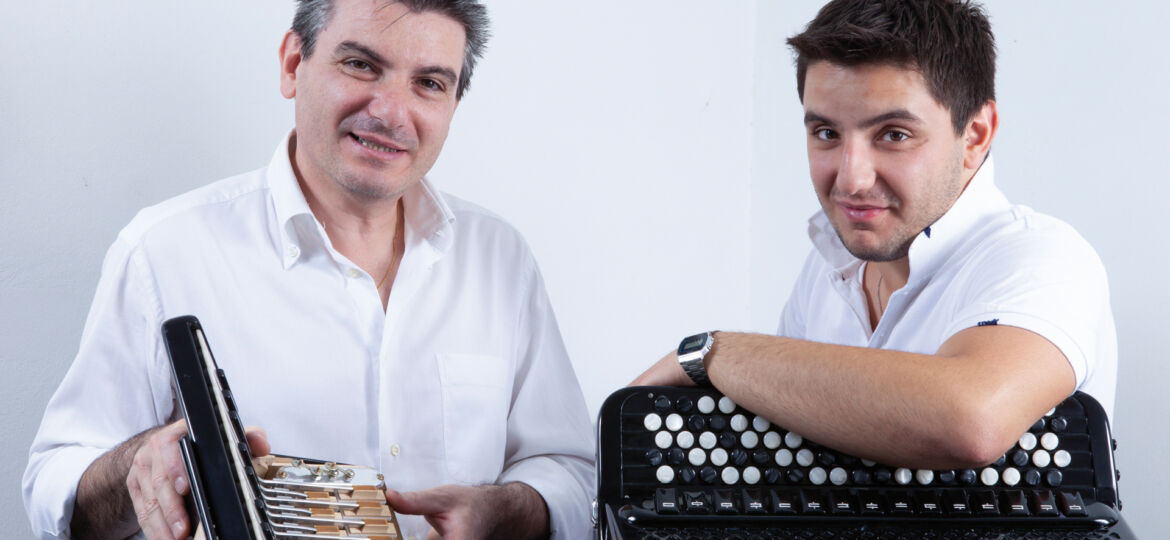
The Marche’s musical tradition is made up not only of notes and rhythm but of musical instrumentsthat represent the know-how, tenacity, and enterprising spirit typical of these places.
Let’s enter the workshops of master craftsmen together: where music takes shape.
Marco Tiranti: music guiding the craftsman’s hands
Castelfidardo, still considered the home of the accordion, is the birthplace of Marco Tiranti. He began playing his city’s iconic instrument at a very young age until he gave birth in 2010 to Tiranti Fisarmoniche a company specializing in tuning, repair and production of accordions.
Marco Tiranti tells us that the first accordion factories flourished in Castelfidardo around 1860.
According to legend, Paolo Soprani, regarded as the founder of the accordion industry in Italy, managed in one whole night to disassemble and reassemble a diatonic instrument (very similar to the accordion), thus learning how to reproduce the accordion that an Austrian pilgrim returning from nearby Loreto brought with him.
“In fact, according to historical sources but also from the accounts of the citizens of Castelfidardo, it was Paolo Soprani who made the accordion famous all over the world, which is why Castelfidardo today is considered its home,” says Marco Tiranti, who explains how the first mass-produced by Castelfidardo factories were precisely the diatonic instruments in which each key emits two different notes at the opening and closing of the bellows.
Shortly thereafter, the production of traditional accordions, which are appreciated worldwide for their excellent mechanical efficiency and sound quality, began.
Let’s delve a little deeper into the mechanics of the instrument and Marco shows us how the accordion is suitable for all kinds of music, because it is a “free reed” instrument, in which the bellows in opening and closing, pushes the air inside the “soniere,” the wooden castellations in which the voices are placed. The air causes the reed of the voices to vibrate, and this produces the sound that will come out of the valve of the pressed key.
Tiranti Fisarmoniche‘ small production began in June 2010, after filing a patent for accordion tuning.
“My goal,” explains Marco Tiranti, “was to recreate a clean, homogeneous sound across the entire keyboard. After numerous attempts and thanks to the musicians who followed this project, I filed the patent and the Euphonia accordions were born.”
Specifically, the Euphonia patentwas created to make the sound produced by the right hand homogeneous, for a compact and vigorous result across the entire keyboard.
A patent particularly suitable for classical, traditional or jazz music and appreciated by internationally renowned musicians so much so that it has become in effect the trademark of Tiranti Fisarmoniche.
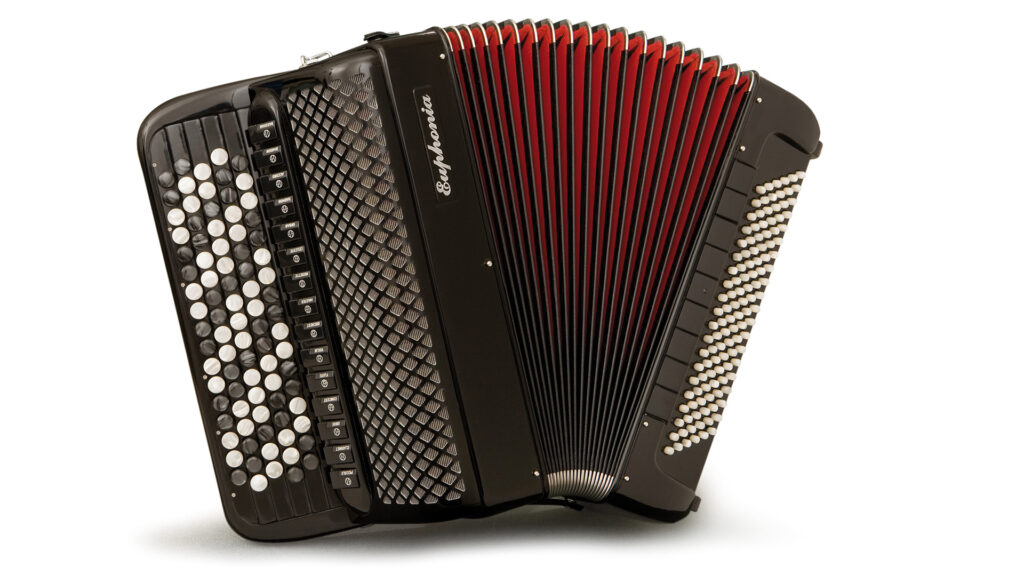
When we ask him what is the philosophy behind his work, he replies that “it is to be constantly at the service of music. We tune and produce accordions with respect to tradition and wink at technology. It is rewarding to work side by side with musicians who entrust us with their instruments for revision or who turn to us for an Euphonia accordion.”
The phase of the work that Marco Tiranti prefers is that related to tuning: “I was born a tuner,” he says, “and by necessity the process I prefer is that of preparing the voices and tuning them. It is methodical and precision work through which I calibrate and tune the pitch of all the voices within the instrument.”
He tells us about the people who inspired him in this craft: “First of all, my father, thanks to whom I took my first steps into the world of the accordion. He too, like me, dedicated much of his life to this instrument. Another person to whom I owe a lot is undoubtedly my master craftsman, who in 1976 let me into his workshop and over time passed on to me all his craft and all his knowledge.”
A serious process of upgrading and revitalizing handicrafts cannot be done without training .
But how can the knowledge and secrets of this craft be passed down from generation to generation if there are no lutherie schools specializing in accordion making? Marco Tiranti’s advice for young people who want to enter this profession is to humbly and determinedly partner with a craftsman in the field, never forgetting a good dose of curiosity and passion.
At this time, Tiranti Fisarmoniche is hosting an intern and an apprentice, both led by two different professionals, who are specializing in keyboard tuning and assembly.
Adds Marco, “Our experience is available to anyone who wants to be in this profession, and it is vital for us to be able to fascinate younger people and get them to discover and perhaps enter this profession.”
La CNA as an association for the representation, promotion, qualification and protection of artistic and traditional crafts plays for a small business such as Tiranti Fisarmoniche a key role in that, Tiranti says, “It is always available to us small and medium-sized artisans in terms of providing services, access to microcredit, and detailed and accurate information on all the new regulations that come into effect. In addition, our trade association always has an eye on our social fabric and the promulgation of artistic-traditional events within the territory.”
The use of the accordion in Castelfidardo as you might imagine is very deep-rooted, suffice it to say that in the recent past it was the main instrument of all family gatherings.
“Today,” Marco continues, “from our perspective, the main goal is to restore prestige to this instrument by trying to freshen up its image and bring young people back. Therefore, institutes that have an initiated music course and all accordion meetings and competitions are, in our opinion, the ideal means to spread the culture of the accordion: a unique instrument suitable for all genres of music. Just take a tour on social media to discover new proposals and new keys that can be given to the accordion.”
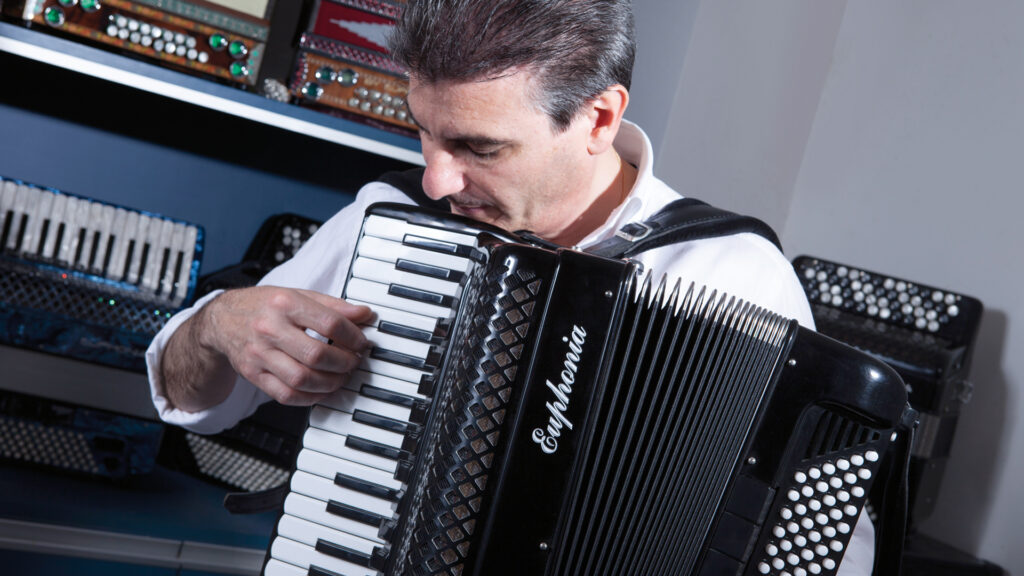
We ask him what kind of accordion would recommend to those who are novice: “For the young and very young,” he tells me, “very often the need is for a small-sized instrument with good value for money, so I try to steer them toward products of this type. In this area, thanks to a collaboration with schools in northern Italy, we have designed and put on the market the Pollicino model: a very small accordion designed specifically for children between the ages of 5 and 10. Instead, for students a little older, we recommend a semi-professional instrument without a cassette with 3 or 4 voices on the right hand and 120 basses on the left hand.”
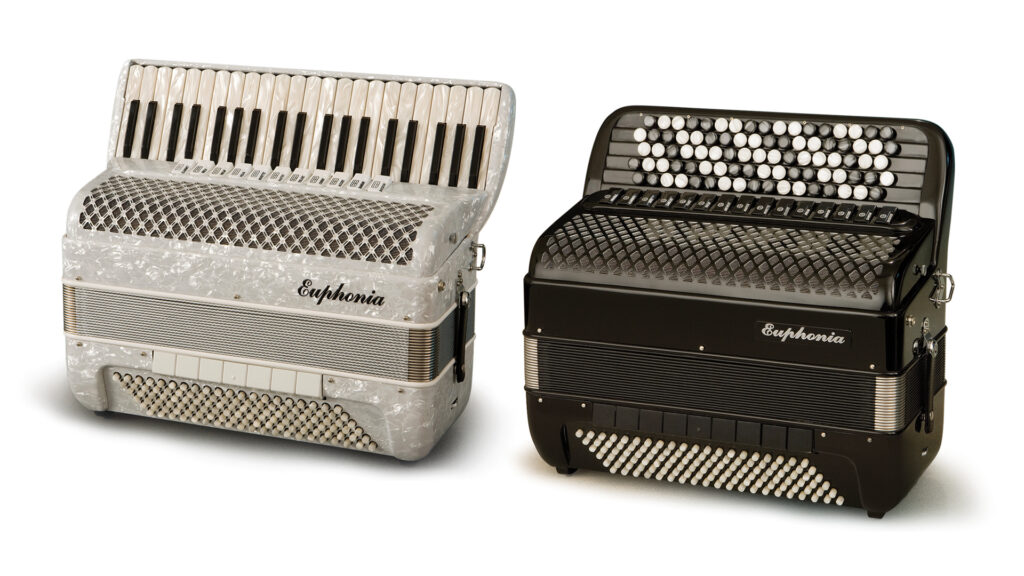
In the days of lockdown over the epidemiological risk situation, we could not help but notice that during the 6 p.m. flashmobs many Italians broke out the accordions they had at home, an affair that obviously did not escape the attention of the people of Fidelity either. “Undoubtedly an unusual show,” says Marco Tiranti, “and at the same time very moving. All those who performed undoubtedly sent a message of hope and comfort to us all. That is why I would like to thank everyone who embraced the accordion and contributed in their own way to give us a smile.”
L. T.
Now that we have been transported into the world of the accordion, we want to be inspired by its melodies, so I ask Marco to share with us the names of notable accordionists who use his accordions, and he replies, “Here are some of our artists you can listen to on Youtube.”
Giacomo Rotatori
Bizet’s Carmen Habanera – Sara Jane and Giacomo Rotatori
Gianluca Pica
But not the night – Solo Gianluca Pica – Renzo Arbore the Italian Orchestra
Audiotest Fisarmoniche EUPHONIA Castelfidardo
Gabriele Antonelli


